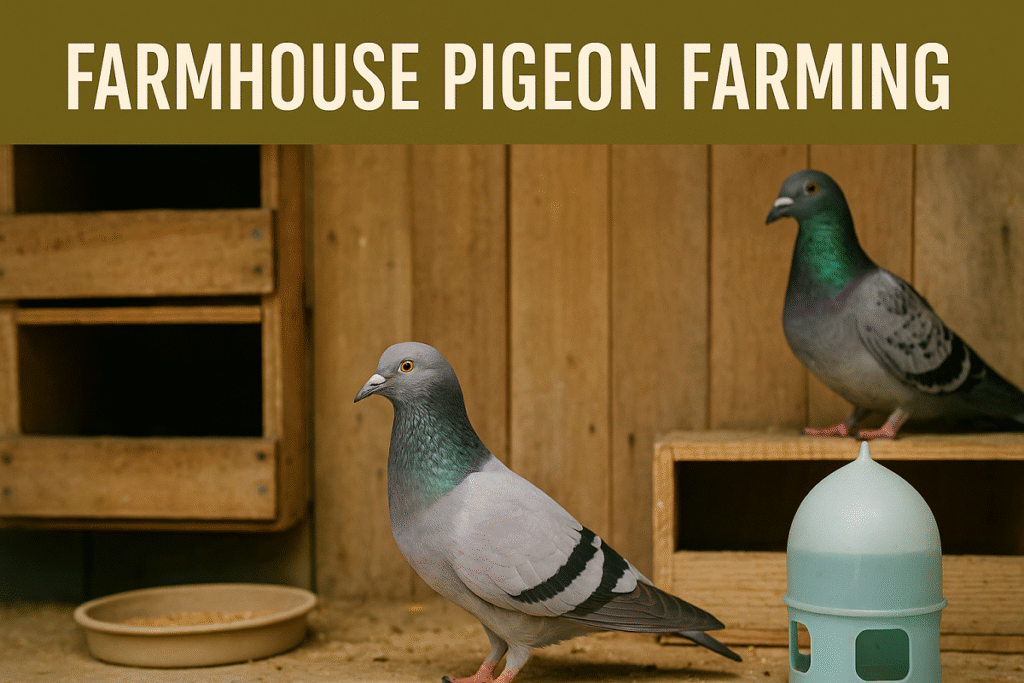Raising pigeons isn’t just a hobby — it’s a tradition, a passion, and for many, a smart side hustle. Whether you’re breeding for racing, showing, or selling, mastering the art of pigeon breeding can bring real satisfaction and real results. Let’s unlock some of the top secrets straight from experienced pigeon keepers.
1. Start with Strong Breeding Stock
Your pigeons are only as good as their parents. Invest in high-quality, healthy breeding pairs. Look for:
-
Clean eyes and strong feather condition
-
A calm but alert temperament
-
Proven lineage if you’re breeding for performance or show
Pro Tip: Don’t mix too many breeds at once. Focus on one or two varieties to keep your lines strong and predictable.
2. Create the Perfect Nesting Environment
Breeding pigeons need a safe, quiet, and clean place to lay eggs and raise squabs. Use nest boxes or baskets with good airflow and soft bedding like straw or pine needles.
Essentials:
-
Two nesting boxes per pair (so they can prepare for the next clutch)
-
Minimal disturbance during breeding
-
Protection from predators and harsh weather
3. Feed for Fertility and Growth
Nutrition plays a big role in fertility, egg quality, and squab growth.
-
Breeders: High-protein seed mix, grit, calcium, and vitamins
-
Chicks (Squabs): Parent-fed, so focus on healthy parent nutrition
-
Supplements: Garlic oil, multivitamins, and probiotics weekly
4. Know the Breeding Timeline
Understanding pigeon reproduction helps you plan better.
-
Eggs laid: 8–12 days after mating
-
Incubation: ~18 days
-
Weaning: 4–5 weeks after hatching
-
Breeding pairs can raise 5–8 broods per year with good care
5. Cleanliness = Health
Dirty lofts spread disease and kill productivity.
-
Clean water daily
-
Remove droppings weekly
-
Disinfect loft every 2–3 weeks
-
Quarantine any sick birds immediately
6. Track Everything
A simple notebook or breeding log can change the game.
Track:
-
Pairings and hatch dates
-
Health issues
-
Breeding success rates
-
Offspring performance (especially for racers)
“What gets measured, gets improved.”
7. Prevent Inbreeding
It’s easy to accidentally pair related birds. Inbreeding weakens genetics and increases risk of defects. Rotate birds between lines or introduce fresh stock every season.
Final Thoughts
Pigeon breeding isn’t just about putting birds together. It’s a blend of science, patience, and daily care. The more you learn your birds — their behavior, needs, and patterns — the more successful you’ll be.
Raise them with care, and they’ll reward you in feathers, pride, and profit.


